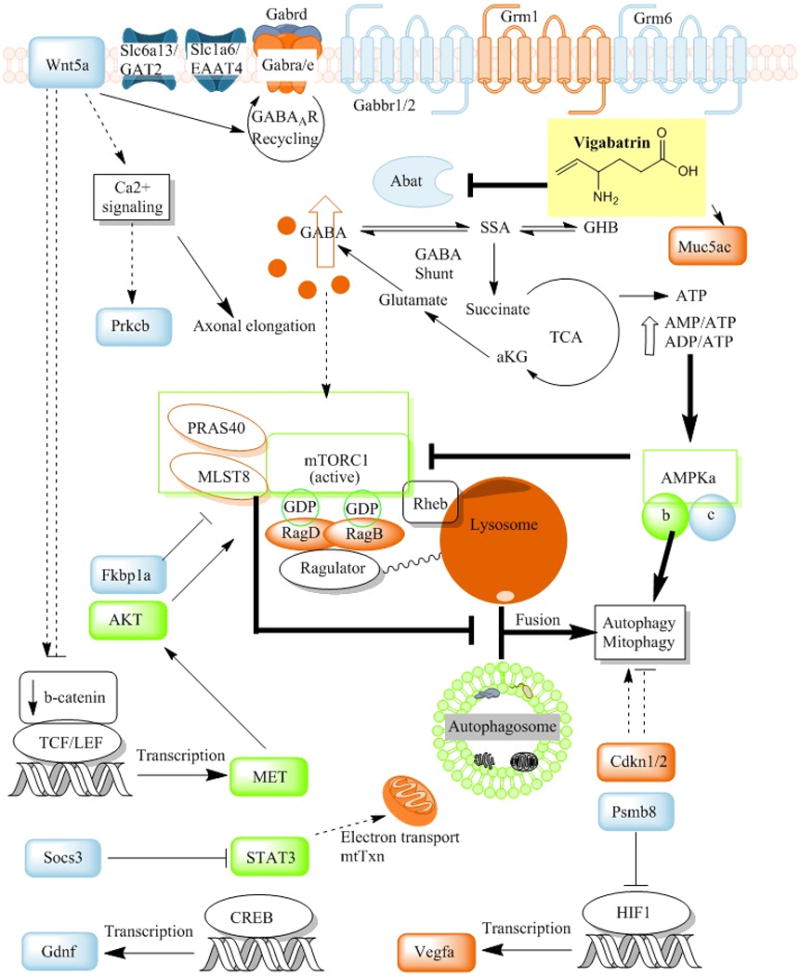Figure 2. Mechanisms of molecular alterations contributing to potential VGB-induced visual field loss.

Vigabatrin (VGB) accumulates and increases GABA in the eye, resulting in molecular/cellular alterations in the mTOR pathway and GABAergic/glutamatergic receptor expression. VGB-treated mice manifest elevated mitochondrial number in the retinal pigment epithelia and elevated redox stress markers in whole eye extracts. Partial correction of these pathologies ensue with administration of the mTORC1/2 (mTOR complex) inhibitor Torin1, which correlate to involvement of hyper-p2448-mTOR activity (Vogel et al 2015). Gene expression studies demonstrated down-regulation of the γ subunit of the mTOR inhibitor AMPK (AMP-activated protein kinase), the latter sensitive to altered energy levels. AMPK activates autophagy indirectly via mTOR inhibition, while simultaneously activating autophagy through Ulk1 (Unc-51 like autophagy activating kinase 1) phosphorylation (e.g., during glucose starvation). mTOR responds to multiple cues (growth factor, tyrosine kinase, insulin, IGF (insulin growth factor) receptor signals), as well as amino acid levels, in its coordination of growth and catabolic processes. When amino acid levels are high, signaling to mTORC1 favors anabolic processes and inhibition of autophagy. Amino acids signal to mTOR through RAG (Ras-related GTP binding protein) GTPases and Ragulator at the lysosome. Elevation of RAG proteins and/or transcripts with conditions of elevated VGB/GABA suggests that GABA, a non-protein amino acid, may increase mTORC1 inhibition of autophagy, resulting in accumulation of mitochondria, and potentially other organelles or proteins. Impaired nutrient sensing in response to fasting conditions (metabolic changes), and accumulation of aged mitochondria, may further disrupt cellular homeostasis resulting in other pathological changes. Chronic elevation of GABA in eye downregulates GABA receptor expression (e.g., Gabra, Gabrd, Gabbr1/2) while simultaneously altering metabotropic glutamate receptors (Grm1/6), the GABA/taurine transporter GAT2 (Slc6a13), and the excitatory vesicular glutamate transporter EAAT4 (Slc1a6). These complex signaling processes (autophagic flux, mitochondrial accumulation, mTOR and AMPK signaling) and neurological mechanisms induced by elevated VGB/GABA may underlie the variable occurrence of ocular pathophysiology observed in some children, and less frequently in adults, utilizing VGB. Additional abbreviations: AKT, protein kinase B; HIF1, hypoxia inducible factor 1; Rheb, ras homolog enriched in brain; PRAS40, proline-rich Akt substrate (40 kDa); Wnt5a, Wnt family member 5A; Muc5ac, mucin 5AC protein; Prkcb, protein kinase c, beta subunit; aKG, a-ketoglutarate; MLST8, mTOR associated protein, LST8 homolog; Cdkn1/2, cyclin-dependent kinase inhibitors 1 and 2; Psmb8, proteasome subunit beta type-8; TCF/LEF, family of transcription factors; Fkbp1a, FK-506 binding protein 1a; MET, MET protooncogene; STAT3, Signal transducer and activator of transcription 3; Socs3, suppressor of cytokine signaling 3; Gdnf, glial cell-derived neurotrophic factor; CREB, cAMP response element binding protein; Vegfa, vascular endothelial growth factor A; mtTxn, mitochondrial transcription/translation. Arrows indicate metabolic sequences or activation, whereas indicates blockade.
